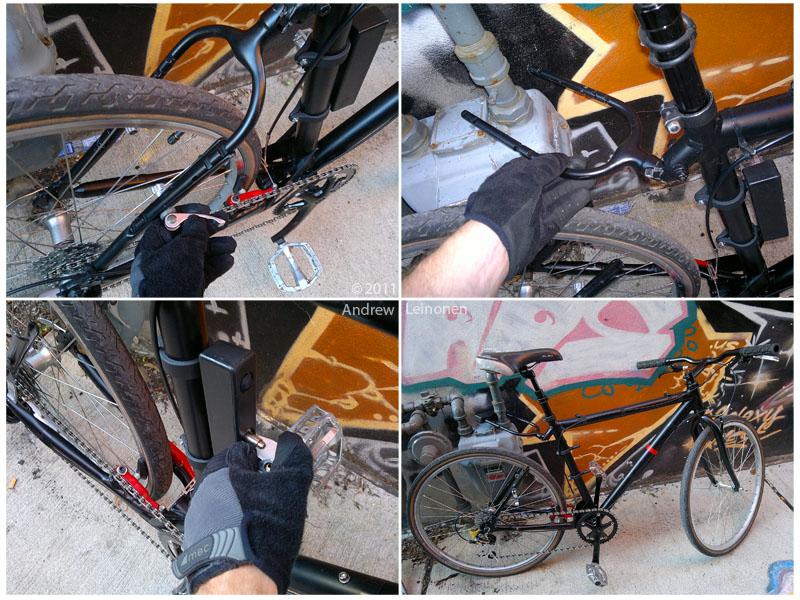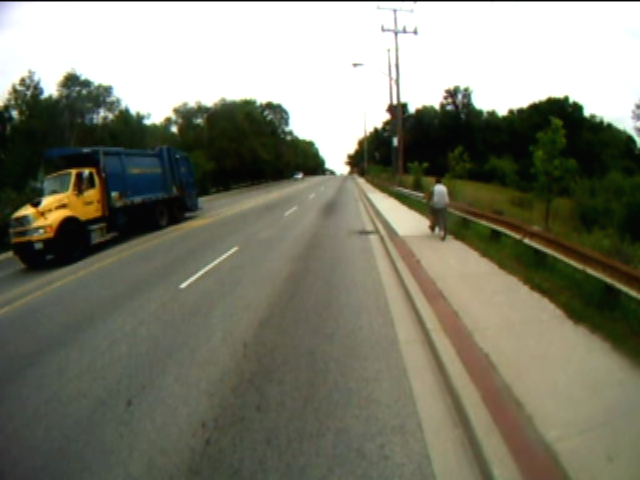NOW featured a letter by the daughter of the man hit and killed by a cyclist on the sidewalk this month. She felt people were quick to blame cyclists when in fact her own father loved cycling but found it hard to bike in the suburbs:
I want to thank Enzo DiMatteo for writing Dundas And Huron, A Complicated Corner (NOW Daily, July 11). Although my response comes almost two months after this article was published, DiMatteo’s insights are still current and appreciated.
My father passed away in the hospital after being hit by a sidewalk cyclist in the Jane and Finch area earlier this month. DiMatteo astutely illustrates the complicatedness of transportation issues. Cycling is an affordable mode of transportation for Jane and Finch residents. Unfortunately, the lack of bicycle lanes and the precarious traffic conditions along Finch West, and other inner suburban streets, for that matter, compel cyclists to ride on the sidewalk.
My father instilled a love for cycling in me since childhood. It is devastating for all of us to see his life being taken away by something we enjoy greatly. As a cycling advocate, I know the complicatedness of the situation that led to my father being killed by a cyclist. As DiMatteo points out, a situation like this in Rob Ford’s Toronto easily calls for blaming cyclists when the issues are far more complex and troubling. Thank you for the insightful journalism.
Karen Okamoto
Toronto
Serves as a reminder that we all switch between different ways of getting around. We're not different species. I've yet to find very many people (except a few hardcore people who happen to ready this blog) who are actually willing to ride out in the middle of car traffic on roads like Finch. Most of those who've written editorials have given scant thought on how cyclists will actually get around up in those neighbourhoods - not their problem. And if all those people really cared about pedestrians getting hurt, they'd be just as loud and outraged about all the cars hitting pedestrians as well. If they really cared they'd support streets being made safer for pedestrians and cyclists: safer intersections, bike lanes on more main roads and so on. The blame game is useful only for selling ad space.


